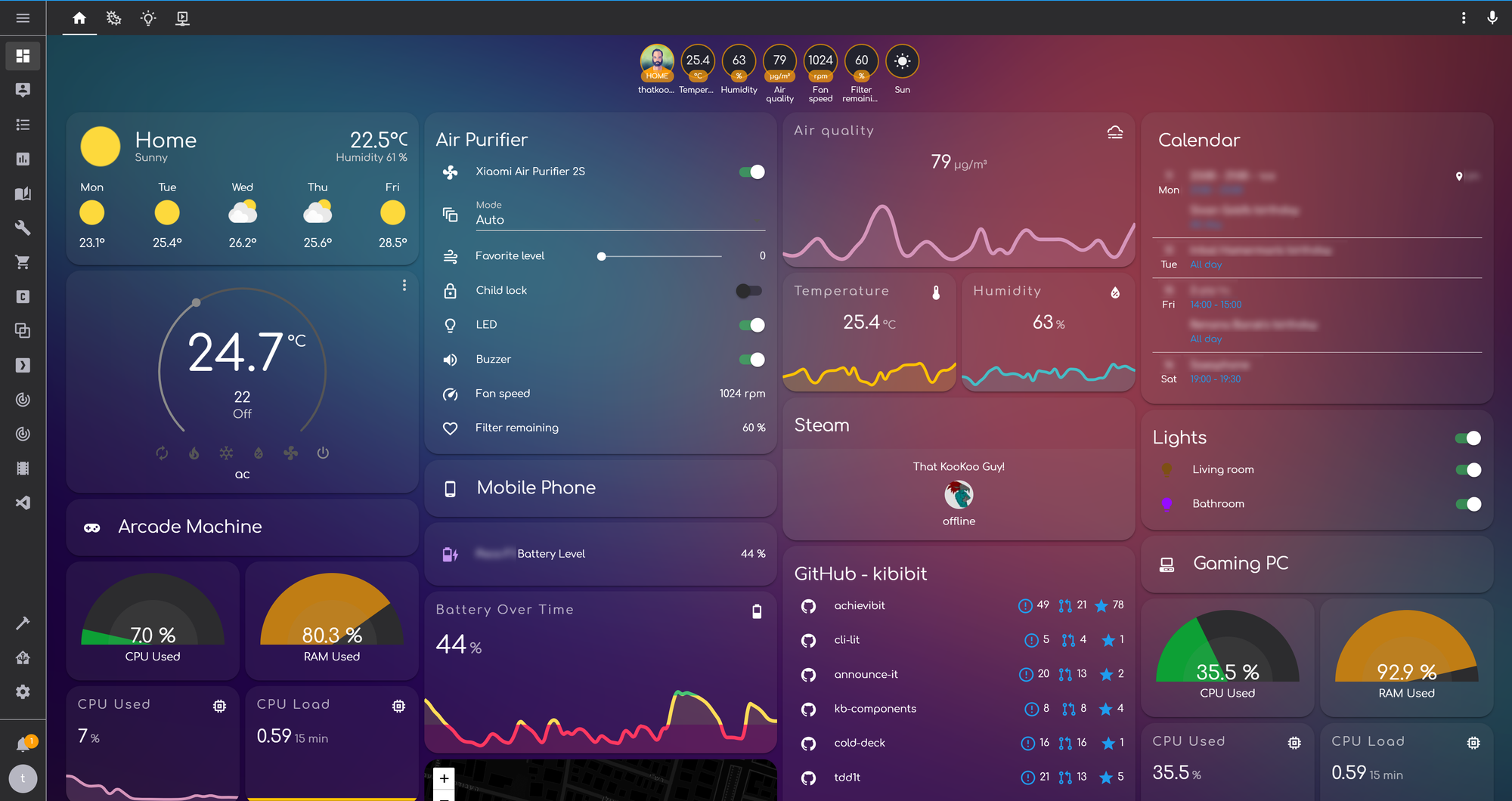Living Smarter: My Journey to Home Assistant
Tired of smart devices listening in and selling your data? I’ve tried Alexa, Siri, and now Home Assistant. Here’s why I made the switch—and why you might want to as well.

When my wife and I bought our house on Long Island, one of the first things I missed from our old apartment in NYC was our smart home setup. I’d been using Samsung SmartThings with Alexa, and it just worked. I could say, “turn off the bedroom light,” and the job was done. Nothing fancy, but it made daily life feel a little easier.
So when we moved, I naturally started rebuilding that smart home—this time with just Amazon Alexa. Devices paired easily, voice commands were quick, and the whole setup felt polished. But something started to nag at me.
After a casual conversation at dinner about needing a new stroller, I was suddenly seeing stroller ads across every app I opened. Then came ads for ceiling fans, cordless vacuums—whatever we had just talked about. I’m not saying Alexa was “listening,” but… Alexa was definitely listening.
I decided to make a change.
The Apple Detour
Since we’re an iPhone household, the next logical step was Apple HomeKit. I liked the privacy angle and the fact that I didn’t need to download any third-party apps. In fact, I hate downloading apps—most feel bloated and seem to slow down the phone. HomeKit’s built-in integration was appealing, and for the most part, it worked well.
But Siri? Let’s be honest—Siri isn’t Alexa.
Basic commands worked, but more advanced automations or complex device interactions were clunky or just didn’t respond reliably. I missed the dependability and device compatibility of my old SmartThings setup.
Discovering Home Assistant
Frustrated, I started doing some research—and that’s when I stumbled on Home Assistant.
Home Assistant is an open-source home automation platform designed to run locally. That means no cloud dependency, no data mining, no targeted ads. Everything stays on your own network, giving you full control over your smart home and your privacy.
It’s a self-hosted system, meaning you run it on your own hardware—could be a Raspberry Pi, an old computer, or a dedicated server. I run mine on a small server in the basement that also handles other tasks, but there are simpler ways to get started too.
Why I Switched (and Stayed)
Compared to Alexa or Apple HomeKit, here’s what stood out:
- Local control – Your automations run even if your internet goes down.
- Privacy – No tech giant listening in or harvesting data to sell you something.
- Flexibility – Home Assistant supports nearly every smart home device out there—from Z-Wave and Zigbee switches to Sonos speakers, Ubiquiti gear, thermostats, cameras, and more.
- Custom automations – You can build routines as simple or complex as you like.
One of my favorite automations runs every morning:
As soon as I walk into the kitchen, a presence sensor detects me. The blinds lower slightly to block the harsh sunlight, the kitchen lights fade on at a soft level, 1010 WINS begins streaming from the media player, and the coffee machine kicks.
No buttons. No voice commands. Just a house that knows.
The learning curve was definitely real at first. The interface felt more like a control panel for an airplane than a user-friendly app. But over the last few updates, the Home Assistant team has made huge strides in the UI. It’s now easier than ever to:
- Add new devices without editing code
- Create automations with a visual editor
- Integrate everything from media players to energy monitors
- Build custom dashboards that look good on a phone, tablet, or wall-mounted display
Today, I have my whole smart home tied into one place—no vendor lock-in, no app overload, no creepy eavesdropping.
Should You Switch?
If you're trying to decide which smart home platform is right for you, here’s how I’d break it down:
- If you want simplicity and security: Go with Apple HomeKit. It’s private, easy to set up, and reliable for basic tasks like turning lights on and off. You don’t have to download a bunch of third-party apps, and it integrates well with the iPhone.
- If you want simplicity with more advanced features: Choose Amazon Alexa. It’s perfect for controlling lights, shades, music, and scenes all at once using natural voice commands. It’s intuitive and fast, but you’ll be giving up some privacy.
- If you don’t mind learning and tinkering: Go with Home Assistant. It’s leagues more advanced than the other platforms and offers unmatched flexibility and control. Yes, there’s a learning curve—but once you get the hang of it, you won’t want to go back.
One of the best things about Home Assistant is how specific you can get with automations. For me, being able to walk into the kitchen and have the house quietly respond—with lighting, blinds, coffee, and the morning news—is the kind of magic I was looking for when I first started with smart home tech.
Final Thoughts
If you’re serious about building a smart home that works for you—not for some company’s ad algorithm—Home Assistant is worth a look. It takes some time to learn, but the trade-offs are real: privacy, reliability, and total control.
It’s not as plug-and-play as Alexa or Apple, but once you get over the hump, there’s no looking back.
And if you’re like me—tired of downloading yet another app, chasing compatibility, or wondering who’s listening—it might be time to take back your smart home.
— Thomas Hart
Draftsman, Homeowner, and Smart Home Tinkerer
House Sense – Design. Build. Live.
